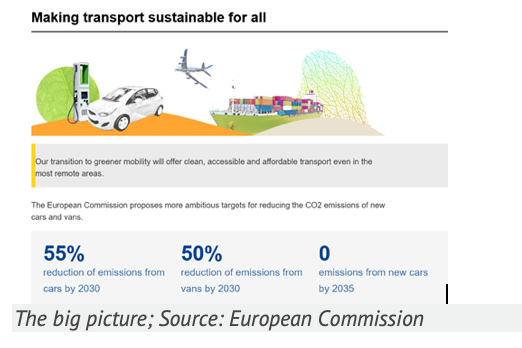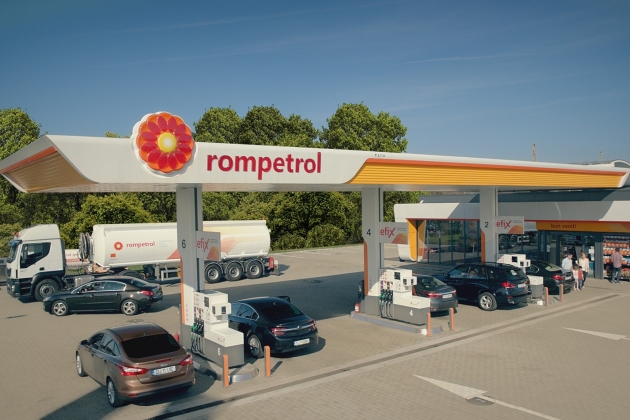Europe Announces Timeline for Banning Internal Combustion Engines
Following previous discussions, the European Commission has proposed a date to end the use of internal combustion engines, according to the news service Seeking Alpha. The report said that sales of new cars and vans that produce carbon monoxide, including plug-in hybrids, would be banned as of 2035. This means that almost all vehicles on the road would be emissions free by 2050.
Climate Neutral by 2050
“The fossil fuel economy has reached its limits,” Ursula von der Leven, European Commission president said while introducing a package of proposals to reduce net greenhouse gas emissions by at least 55% by 2030, compared to 1990 levels. “The European Green Deal is our growth strategy that is moving toward a decarbonized economy,” said von der Leven. “Europe was the first continent to declare to be climate neutral in 2050 and now we are the very first ones to put a concrete roadmap on the table.”
European vehicle makers say they are prepared for the coming changes with many already making commitments to be “carbon-free” within the coming years. For example, the Volvo Group has partnered with the Daimler Group to develop hydrogen-cell technology. The partners have been among the forerunners committing to carbon-free propulsion for its trucks, buses and heavy road vehicles.
Volkswagen announced that it will halt all sales of internal combustion vehicles in Europe by 2035 and Ford said it will beat that date by five years. Volvo will also stop making internal combustion and hybrid vehicles by 2030 as well. Honda has committed to phased out fossil-fueled cars by 2040 and GM will stop making carbon-emitting vehicles by 2035.
Not Just Vehicles
The language of the European commission is focused on road vehicles, but there’s no doubt that boat manufacturers will be affected as well. Many inboard and sterndrive engine manufacturers rely on repurposed engines from car and truck companies for marine applications. This naturally raises the question of how long will auto makers support customers down the road? Will infrastructure be available for the electrification of the marine industry.
Oil markets slumped in response to the commission’s decision to speed up the shift to electric vehicles. Cars reportedly account for about 12% of the total emissions and represent a key target in achieving the region’s overall climate goals.
Part of the European Commission’s statement addressed infrastructure, saying that the revised alternative fuels infrastructure regulation will require member states to expanding charging capacity in line with zero-emission car sales. They will be required to install charging and fueling points every 60 kilometers (37.28 miles) for electric charging and every 150 km (93.21 miles) for hydrogen refueling.
The announcement will surely create logistical and funding questions across Europe. Initially, it will focus on road vehicles and France and Germany already pushed back against the 2035 ban earlier this week, requesting a more lenient target. They may get a reprieve, but the big picture looks pretty clear.


